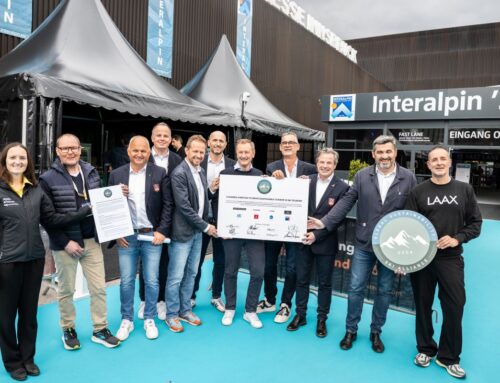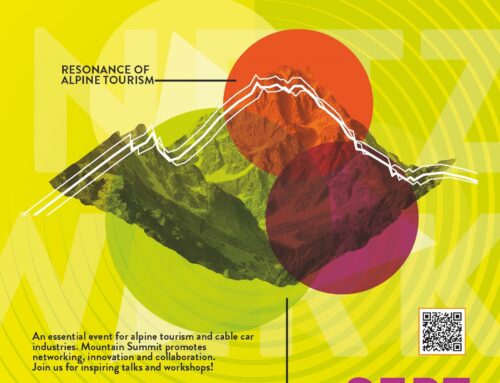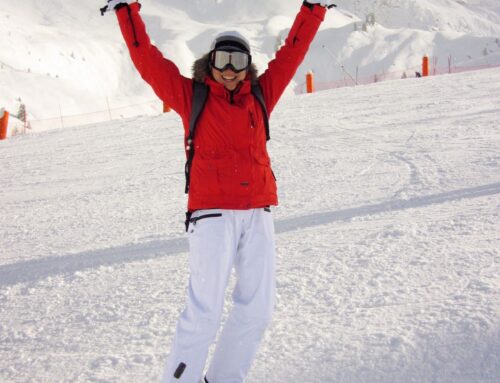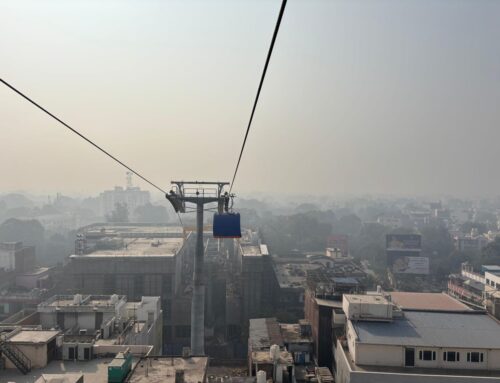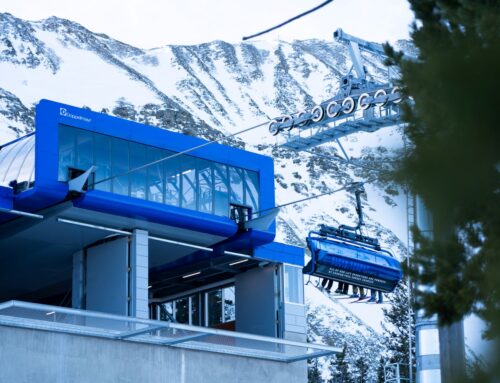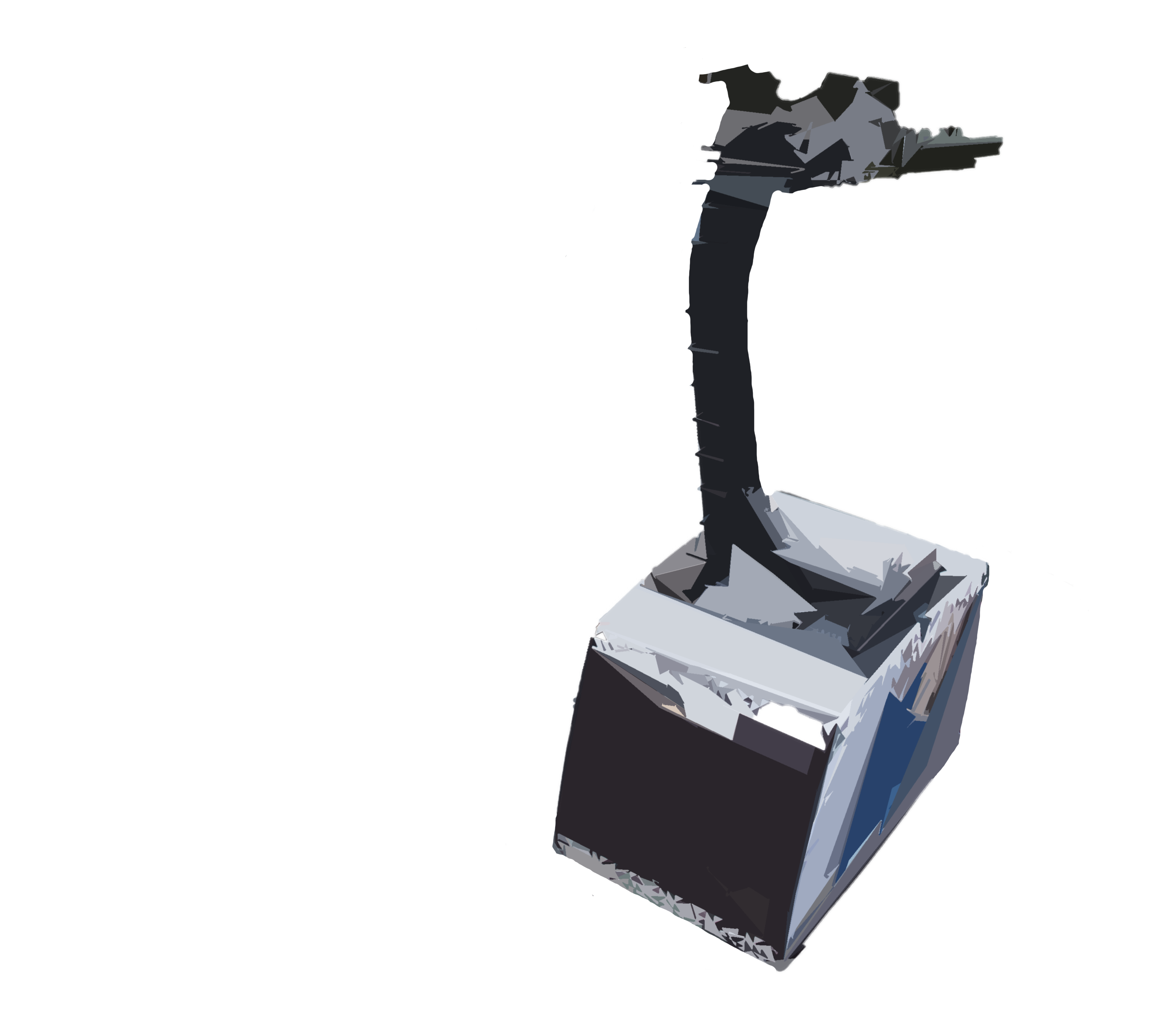
Cableway & Technology, Management & Tourism
Alternative means of transport for US ski resorts
Many studies prove that, by a long way, the largest CO2 producer on a skiing holiday is the travel. Ski resorts in hidden locations are therefore increasingly looking to improve their accessibility by public transport.
Because of their often awkward location, some options are excluded right from the start of the reflection process.
This is also the case in Little Cottonwood Canyon. In its draft environmental impact declaration, Utah Department of Transportation (UDOT) identified two preferred alternatives to improve transport in Little Cottonwood Canyon.
To find the best alternative, UDOT investigated the systems on the basis of the factors of transport safety, reliability and mobility for all. There was also an attempt to take into account the environmental effects, such as water and air quality, as well as noise.
The two final solutions were defined on the basis of these investigations: on the one hand, a separate bus lane that is not affected by the congestion; on the other hand, a cable car.
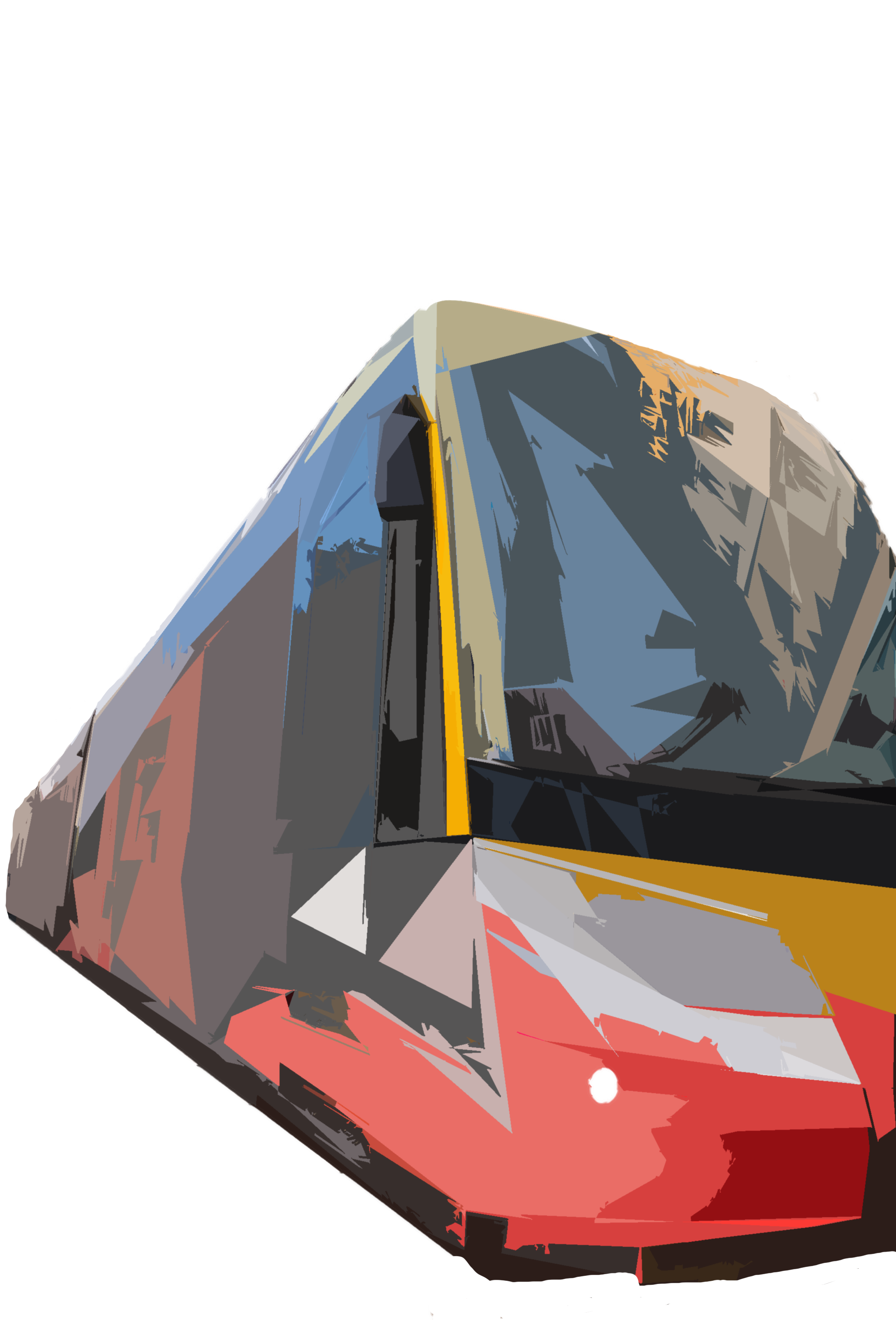
Option 1
Under this alternative, the bus traffic would be removed from the congestion and able to overtake the slowermoving traffic in the multipurpose lane, allowing direct travel to any destination.
Those who use the bus service would have the option to park either at the gravel pit mobility hub (at the entrance to Big Cottonwood Canyon), on the 9400 S or at Highland, from where buses to the respective ski resorts leave every 5 minutes.
Of the alternatives investigated, this option offers the shortest journey time and the second lowest cost. Plus, when it is not in use, the side lane could be used by pedestrians and cyclists.
Option 2
With the Gondola B option, a bottom station would be constructed approximately one kilometre from the mouth of Little Cottonwood Canyon (from La Caille) and a direct connection would be offered to any destination.
Each gondola could carry up to 35 people and the passengers could expect one to arrive every two minutes. The cable car bottom station would have 1,500 parking spaces, so passengers would no longer be reliant on the mobility centres.
The gondola option could be operated independently of S. R. 210, which would mean that delays related to snow clearance, avalanche protection, accidents,
slips and traffic would be avoided.
This alternative has the greatest visual impact but, compared with the other alternatives, minimal effect on the movement of wildlife, climbing rocks and the water catchment.
Mobility hub
In addition to the two preferred alternatives, the idea of a mobility hub (park-and-ride spaces with greater capacity and a transit service) is also being considered and there are discussions of restrictions on individual car use, abolition of the roadside parking permit, and toll charges.
Other ski resorts are struggling with similar problems: the roads are generally overcrowded in the winter months but empty in low season. Consequently, major expansion of the road network is also inappropriate in many places or even impossible, owing to lack of space.
Alternatives must be found and although each region ultimately needs an individual solution, there is no harm in taking a look at successful solutions worldwide.

